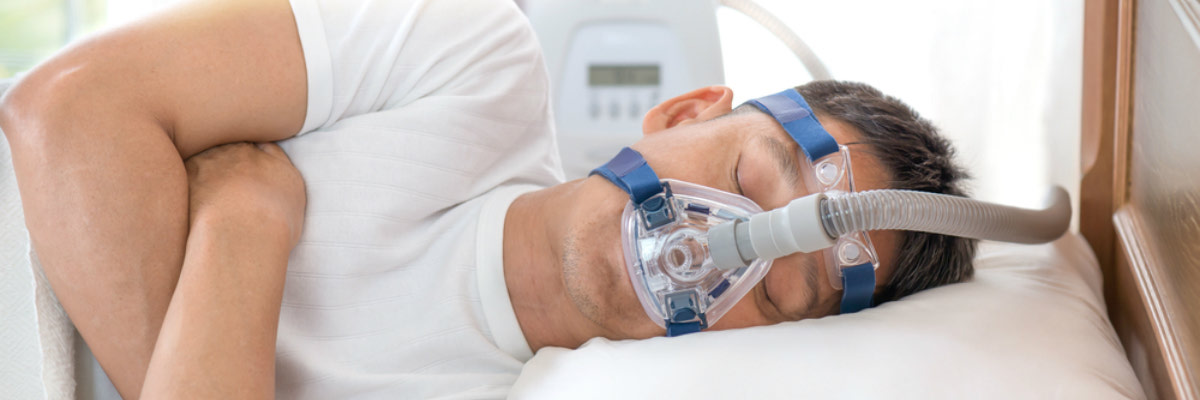Treatment for Obstructive Sleep Apnea
In addition to helping with the diagnosis, PulseAir offers comprehensive education and treatment for Obstructive Sleep Apnea (OSA). OSA is a condition in which a person stops breathing repeatedly during the night. Breathing stops because the airway collapses and prevents air from getting into the lungs. Sleep patterns are then disrupted resulting in excessive sleepiness or fatigue during the day.
Each time this temporary pause in breathing occurs, the body responds by waking up for a very short period of time. These arousals are usually so brief that a person does not remember waking up. Sometimes, the bed partner is the one who notices the pauses in breathing and then hears the gasping or choking sounds as breathing starts again. People who suffer from sleep apnea may stop breathing a hundred times every night.
Whether or not the person with sleep apnea realizes how much they are struggling to breathe at night, sleep apnea has very serious effects on the quality and restfulness of sleep and on the person’s health:
|
|
The prevalence of obstructive sleep apnea is higher in the following ethnic groups:
- Asians
- Hispanic Women
- African Americans
Sleep apnea is a serious sleep disorder. If you have sleep apnea, it is important to treat it so to prevent development of other serious health problems. Untreated sleep apnea has been linked to an increased risk of obesity, diabetes, heart disease, and stroke, as well as a higher chance of traffic accidents and work injuries. Untreated sleep apnea can also cause relationship problems and depression, and has a direct impact on psychosocial skills and cognitive impairment.
Although there are a variety of options for treatment of OSA, most doctors recommend positive airway pressure therapy known as (PAP therapy). PAP therapy is safe, effective, and non-invasive. It requires no drugs or surgery.
The gold standard in treatment of obstructive sleep apnea is Continuous Positive Airway Pressure (CPAP). With CPAP treatment, room air is pressurized by a small device and delivered to the airways through a mask that fits over your nose or nose and mouth. The pressurized air keeps the upper airway open and prevents sleep apnea from occurring. Because CPAP does not involve surgery or drugs, no hospital stay or recovery time is required. With advanced technology, CPAP devices and masks include many features that enhance comfort and ease of transition into therapy. The machines are less cumbersome, small, quiet, and esthetically pleasing, which benefit both the patient and their bed partner. CPAP masks are available in many styles and sizes to fit your personal needs and lifestyles. CPAP treatment improves sleep-related breathing and has been associated with the improvement of other chronic diseases that are affected by sleep-disordered breathing.
This information is not intended to replace the advice of your doctor; PulseAir disclaims any liability for decisions you make based on this information.


